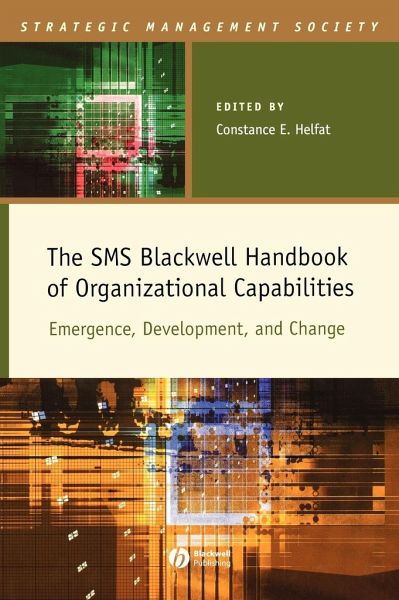
The SMS Blackwell Handbook of Organizational Capabilities
Emergence, Development, and Change
Ed. by Constance E. Helfat
Versandkostenfrei!
Versandfertig in über 4 Wochen
136,99 €
inkl. MwSt.

PAYBACK Punkte
68 °P sammeln!
This Handbook looks at how the resources and capabilities of organizations emerge and develop over time.
Written by leading figures in the field.
Presents original new theory.
Features ground-breaking empirical studies.
Draws on a broad range of empirical methods - case studies, statistical analysis, and simulations.
Offers thought-provoking commentary on streams of research.
Provides a basis for future research and practice.
Written by leading figures in the field.
Presents original new theory.
Features ground-breaking empirical studies.
Draws on a broad range of empirical methods - case studies, statistical analysis, and simulations.
Offers thought-provoking commentary on streams of research.
Provides a basis for future research and practice.












